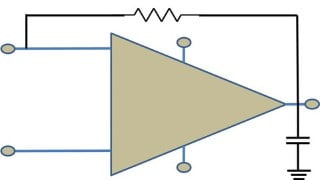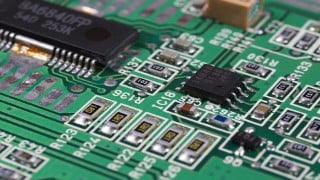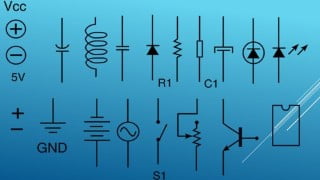Free Electronics Tutorial – Practical approach to Learn BEEE
Learn the practical approach to BEEE in this course for beginners or first-year engineering students. Explore the fundamental forces of voltage, current flow, and impedance in electrical circuits. Discover the various subfields of electrical engineering, including electronics, power engineering, telecommunications, and more. Gain knowledge on basic elements like current, voltage, resistance, capacitance, and inductance. Start your journey into the world of electrical engineering today.
In this course, students will learn a practical approach to BEEE. Electronics engineering is a branch of electrical engineering concerned with the uses of the electromagnetic spectrum and with the application of such electronic devices as integrated circuits and transistors.
Basic Laws: Ohm’s law, Kirchhoff’s voltage and current laws, Nodes-Branches and loops, Series elements and Voltage Division, Parallel elements and Current Division, Star-Delta transformation, Independent sources and Dependent sources, source transformation.
Electrical engineers design, develop, test, and supervise the manufacture of electrical equipment, such as electric motors, radar and navigation systems, communications systems, or power generation equipment.
Electrical engineering has now subdivided into a wide range of subfields including electronics, digital computers, computer engineering, power engineering, telecommunications, control systems, robotics, radio-frequency engineering, signal processing, instrumentation, and microelectronics.
Electrical current, voltage, resistance, capacitance, and inductance are a few of the basic elements of electronics and radio. Apart from current, voltage, resistance, capacitance, and inductance, there are many other interesting elements to basic electronics technology.
What is basic of electrical?
THE THREE PRIMARY FORCES. The three primary forces in electricity are voltage, current flow, and impedance (resistance). They are the fundamental forces that control every electrical circuit everywhere. Voltage is the force that pushes the current through electrical circuits.
Current is a flow of electrical charge carriers, usually electrons or electron-deficient atoms. The common symbol for current is the uppercase letter I. … Physicists consider current to flow from relatively positive points to relatively negative points; this is called conventional current or Franklin current.
Who this course is for:
- Beginners or first year Engineering students
User Reviews
Be the first to review “Free Electronics Tutorial – Practical approach to Learn BEEE”
You must be logged in to post a review.







There are no reviews yet.